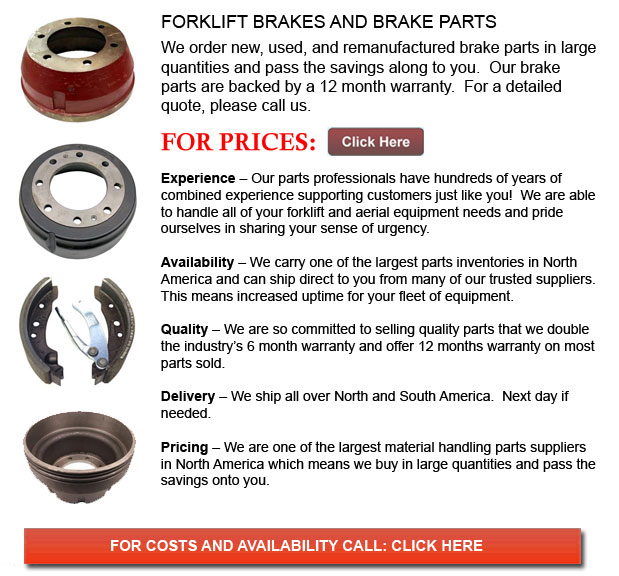
Forklift Brakes - A brake where the friction is provided by a set of brake shoes or brake pads that press against a rotating drum shaped unit referred to as a brake drum. There are some particular differences among brake drum types. A "brake drum" is normally the definition provided whenever shoes press on the interior outside of the drum. A "clasp brake" is the term used so as to describe when shoes press against the exterior of the drum. One more type of brake, known as a "band brake" utilizes a flexible band or belt to wrap round the exterior of the drum. Where the drum is pinched in between two shoes, it can be known as a "pinch brake drum." Similar to a standard disc brake, these kinds of brakes are somewhat rare.
Early brake drums, prior to 1955, needed to be consistently modified in order to compensate for wear of the drum and shoe. "Low pedal" could result if the needed modifications are not done satisfactorily. The motor vehicle can become hazardous and the brakes can become ineffective whenever low pedal is combined along with brake fade.
There are various Self Adjusting Brake Systems existing, and they could be categorized within two major types, RAI and RAD. RAI systems have built-in tools which prevent the systems to recover if the brake is overheating. The most popular RAI manufacturers are Bendix, Lucas, Bosch and AP. The most famous RAD systems include Bendix, Ford recovery systems, Volkswagen, VAG and AP.
The self adjusting brake will normally just engage whenever the lift truck is reversing into a stop. This method of stopping is suitable for use whereby all wheels use brake drums. Disc brakes are used on the front wheels of vehicles nowadays. By working only in reverse it is less possible that the brakes will be applied while hot and the brake drums are expanded. If adjusted while hot, "dragging brakes" could occur, which raises fuel consumption and accelerates wear. A ratchet device which becomes engaged as the hand brake is set is another way the self repositioning brakes can operate. This means is only appropriate in functions where rear brake drums are used. Whenever the parking or emergency brake actuator lever goes over a specific amount of travel, the ratchet advances an adjuster screw and the brake shoes move in the direction of the drum.
There is a manual adjustment knob placed at the bottom of the drum. It is usually adjusted through a hole on the other side of the wheel and this involves getting underneath the forklift along with a flathead screwdriver. It is of utmost importance to be able to move the click wheel correctly and adjust every wheel equally. If unequal adjustment occurs, the vehicle may pull to one side during heavy braking. The most efficient method to be able to ensure this tiresome task is completed carefully is to either raise each wheel off the ground and hand spin it while measuring how much force it takes and feeling if the shoes are dragging, or give each one the exact amount of clicks manually and then do a road test.
![]() Click to Download the pdf
Click to Download the pdf
Forklift Parts
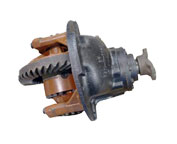
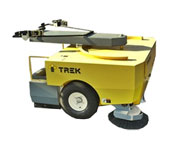
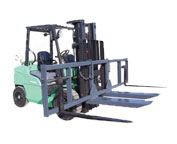
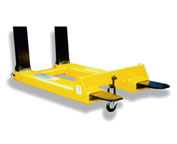
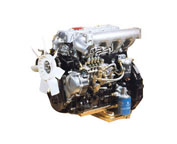
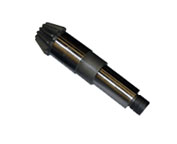
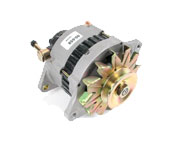
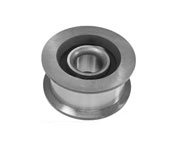
Lift Parts Express
TOLL FREE: 1-888-695-7994
Texas City, Texas
forkliftpartstexascity.com
Email Us
About Us


